“İstanbul is Not the City of Problems, but Solutions”
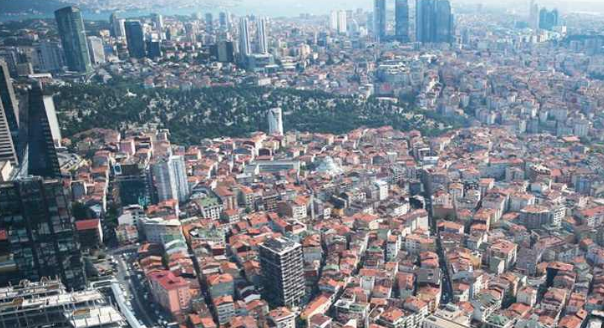
We interviewed Yaşar Adanalı from Center for Spatial Justice (MAD).
Indicating that discussions about Istanbul do not include the city’s historical and social processes, he says: “Today, Istanbul is counted as a safe city among other mega cities. How can a city with fifteen million residents and a ton of problems be regarded as safe? When we set forth this perspective, I regard Istanbul as the city of solutions, not the problems.”
What do you think about general discussions about Istanbul? Especially the idea that it is already a “lost case”?
We usually talk about Istanbul by neglecting its current reality. We think of it as a city that we want to live in or we used to have in the past. Then, we worry if it can ever be the city of our dreams. We cannot discuss about Istanbul without its realities, history and development.
What should be the basis of this conversation if we regard historical perspective?
Population of Istanbul was 1 million in 1950 and now it is 15 million. We are talking about a city which grew fifteen times bigger, along with its physical expansion. I don’t think it is correct to compare it to our ideal, nostalgic Istanbul or any other ‘livable’ world cities. This is an essential point. It is like comparing apples to pears. It is not right to compare it to any other city which is on the list of ‘livable’ cities. Istanbul’s historical reality, population dynamics and its structure is very different.
We live in a society which is split up. What would your suggestions be regarding city issues?
No matter what people’s work field be, whether environmental protection, cultural heritage, social justice or etc, it is enough to ask these questions: Do I say a word without contributing to the polarization in the society? Do I make something useful? Do I produce information? Do I make anything to change it?

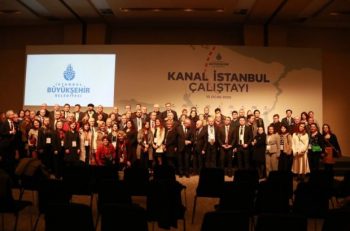

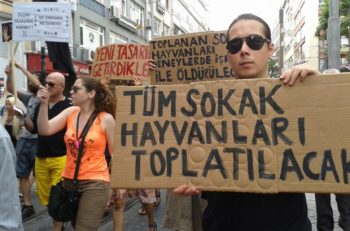

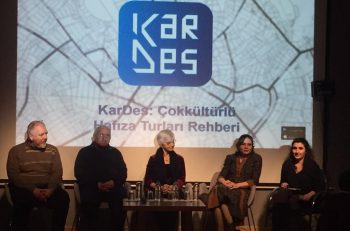
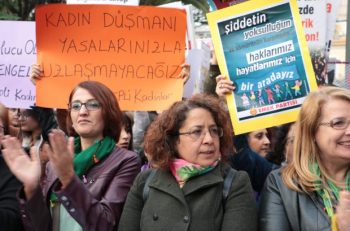





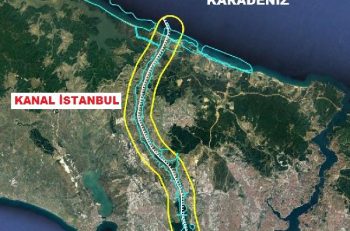
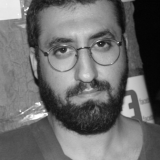
Bizi Takip Edin